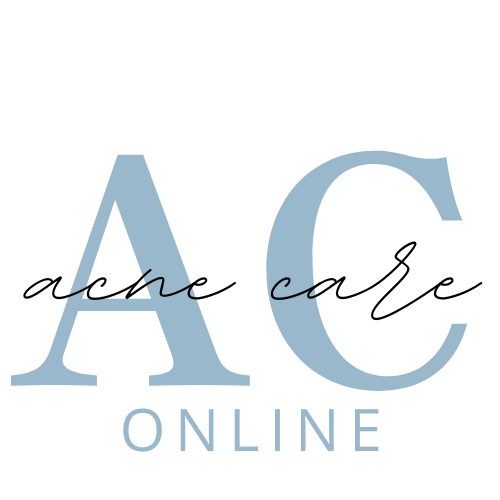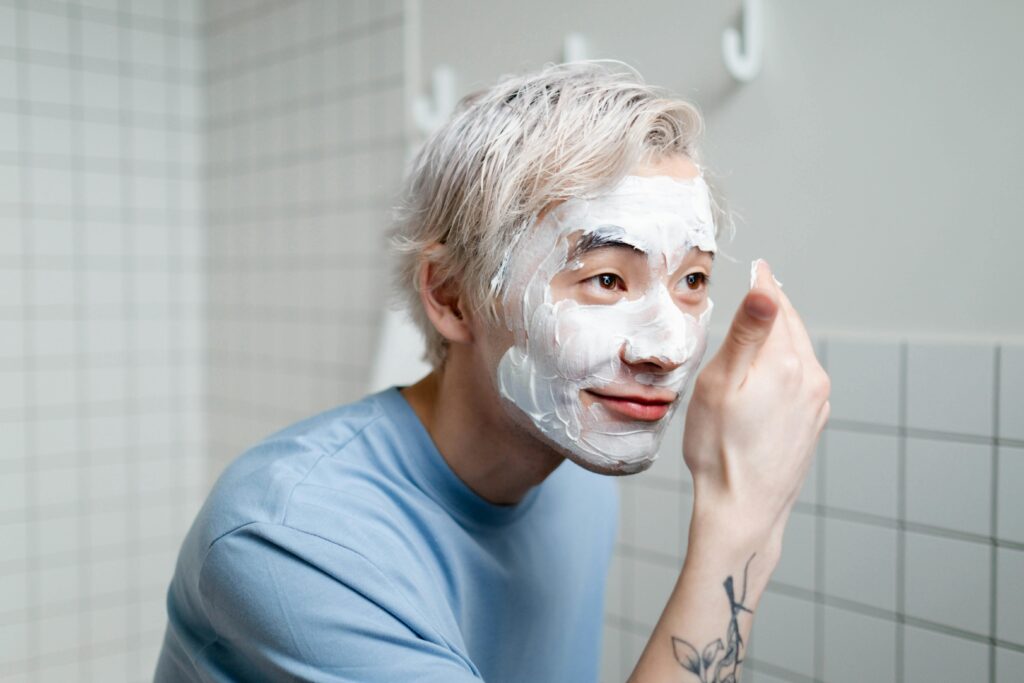What I Wish Everyone Knew About Noncomedogenic Products

Products marketed as “noncomedogenic” are made specifically to avoid clogging pores.
A technical term you should learn for your morning and evening skincare routines is “noncomedogenic,” as people are becoming increasingly curious about the ingredients in the products they put on their faces.
“non-comedogenic” refers to a fundamental concept: goods less prone to clog pores, leading to undesirable acne symptoms.
Manufacturers would have you assume that every item of skincare and cosmetics they sell satisfies the non-comedogenic standard, but how can you be sure?
The sad truth is that you may be putting yourself at risk for an unwanted breakout since some manufacturers are exaggerating their claims.
Who Is Appropriate to Use this Product?
Noncomedogenic products are ideal for people with oily or acne-prone skin.
How Can You Figure Out Which Goods to Deliver?
Let’s start with a quick recap of the acne-inciting triggers. When oil, hair, and dead skin cells clog a follicle in the skin, it creates an ideal habitat for bacteria on the skin to enter and multiply.
Hormones can have a role, especially those at work in adolescence and early adulthood. Pregnancy and a person’s inherent propensity for oily skin can also contribute.
Furthermore, some think eating particular foods will cause an acne outbreak. Recent studies have linked acne to high glycemic and high dairy diets. However, dietary factors are not typically responsible for acne.
The most important thing for someone prone to acne is to clear their pores. With so many options on the market that all claim to accomplish something different, it can be challenging to keep your pores open.
No Regulations Exist
Another issue is that the Food and Drug Administration (FDA) has not established any standards or regulations regarding the term “noncomedogenic” in cosmetics and moisturizers.
Although it’s encouraging to know that comedogenicity may be rated on a scale from 0 to 5, with ratings of 1-2 being noncomedogenic, this scale isn’t standardized.
Instead, commercial interests rely on numerous studies that employ rabbit ears as test subjects. The use of animals in cosmetics testing has been met with widespread popular rejection. If this is an issue for you, you may find comfort in the fact that human subjects are increasingly being used for scientific experiments.
There is no norm to these types of studies. Comedones, or acne pimples, are measured by certain scientists to determine how effective a product is. Companies may use varying methods to tally comedones, adding to the confusion.
Which Components Should You Seek Out Specifically?
Some helpful substances for mild acne are:
- The use of benzoyl peroxide
- Noncomedogenic oils are also beneficial since they prevent dry skin from becoming brittle and oily skin from becoming clogged and acne-prone.
- Sodium resorcinol sulfate potassium resorcinol
These oils do not clog pores. Therefore, they can be used directly on the skin or as transporters for other substances. For example:
- Hemp seed oil
- Grapeseed oil
- Neem oil
- Sunflower oil
- Sweet almond oil
What Are Some of the Worst Possible Ingredients?
Doctors have relied on a seminal 1984 scientific study for decades for a comprehensive list of substances to avoid.
There is a vast list of problematic components, such as:
Isopropyl myristate and derivatives, such as:
- Isostearyl neopentanoate
- Isopropyl palmitate
- Myristyl myristate
- Isopropyl isostearate
- Butyl stearate
- Decyl oleate
- Ethoxylated lanolins
- Octyl palmitate
- Society stearate
- Octyl stearate
- D&C red dyes
- Propylene glycol-2 (PPG-2) myristyl propionate
However, this list may be helpful if something you put on your skin has produced a nasty breakout. Reading labels for these difficult-to-pronounce substances is a time-consuming and unrealistic undertaking.
What to Look Out for?
The best moisturizers and cosmetics products are “non-oily” and “noncomedogenic.” Still, the National Institutes of Health (NIH) and the Food and Drug Administration (FDA) must provide a list.
One option is to contact producers and inquire whether third-party lab tests support their claims.
In Conclusion
In and of itself, comedogenic chemicals do not automatically render a product undesirable. This may be the best option if you have dry skin and aren’t prone to breakouts.
Since everyone’s skin is different, you must do your patch test if you have acne-prone skin. Try out the new product by applying a small amount to your face and seeing how it works over two days.
Consult a dermatologist for skin care products if you need clarification on what would work best for your skin.






